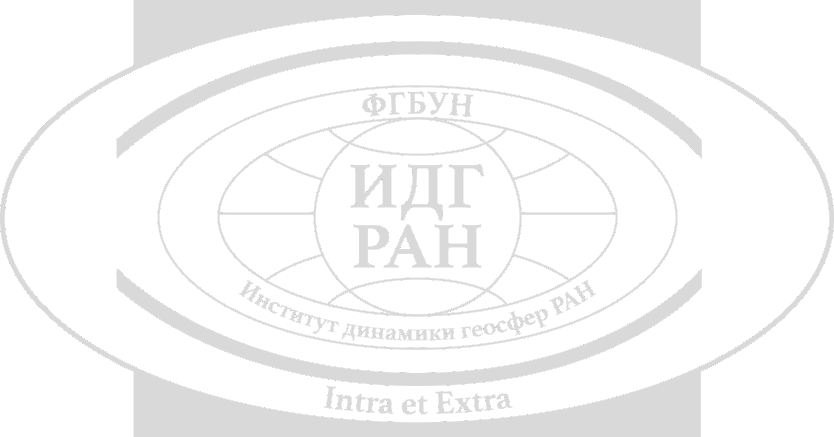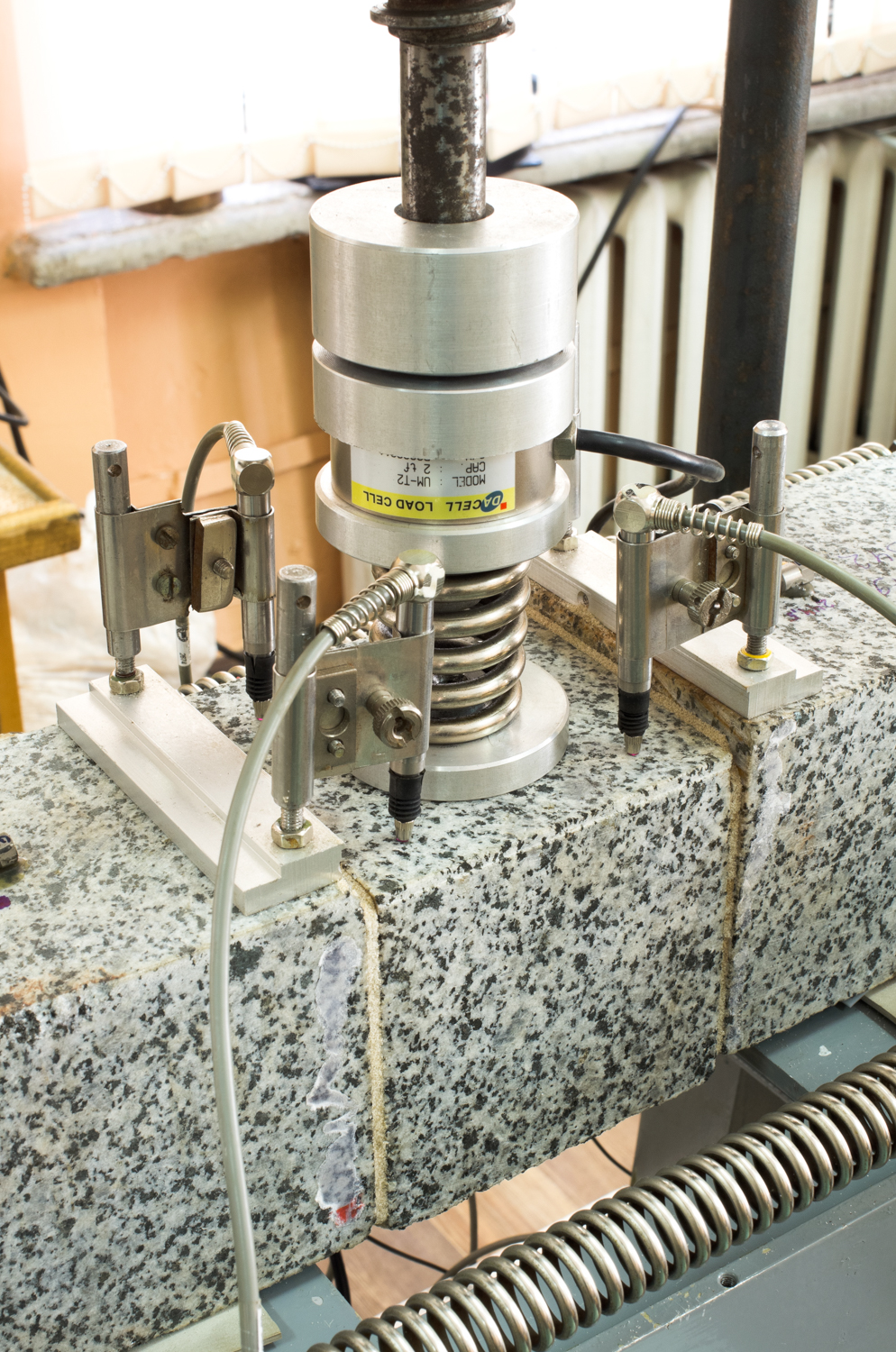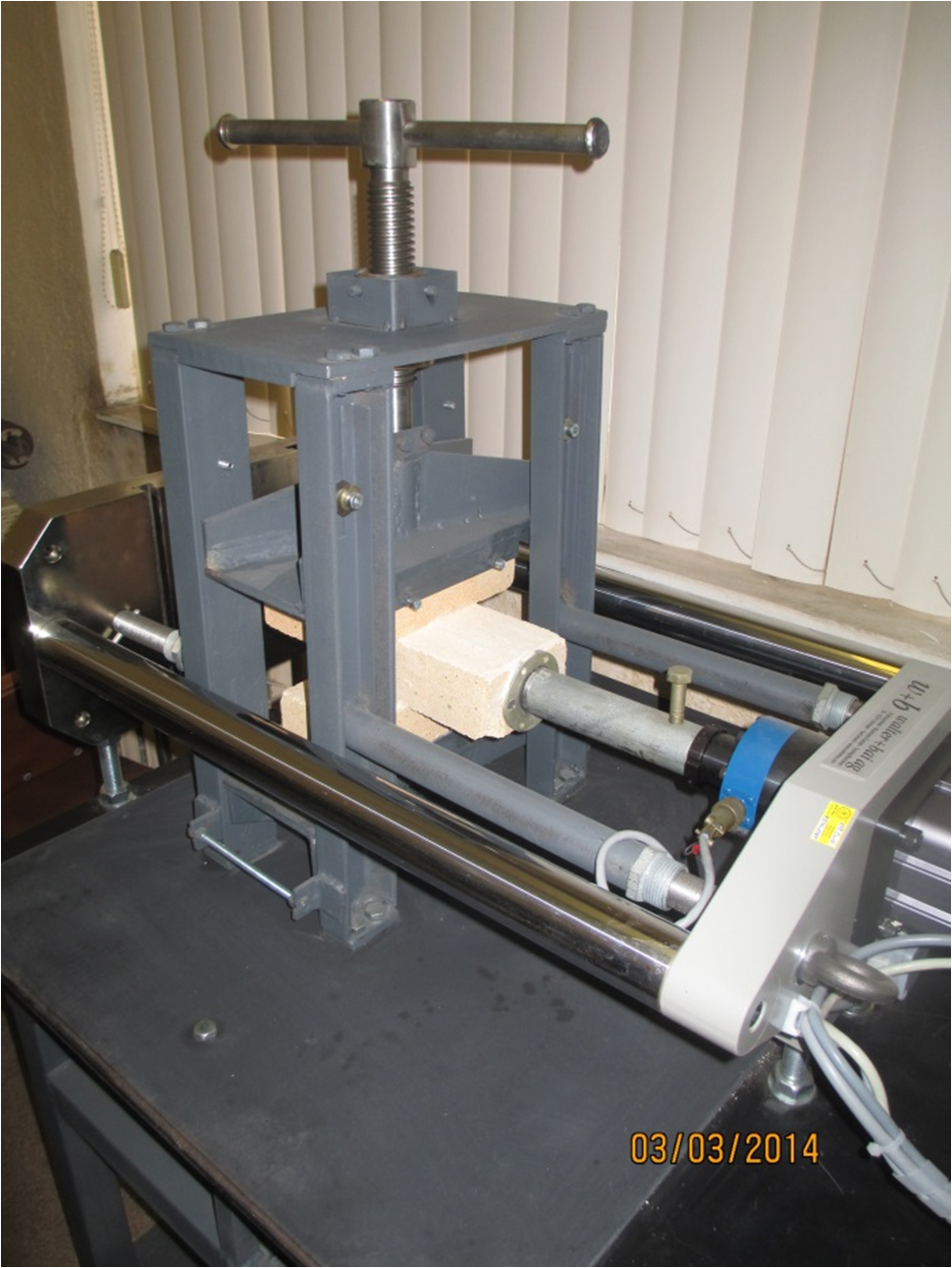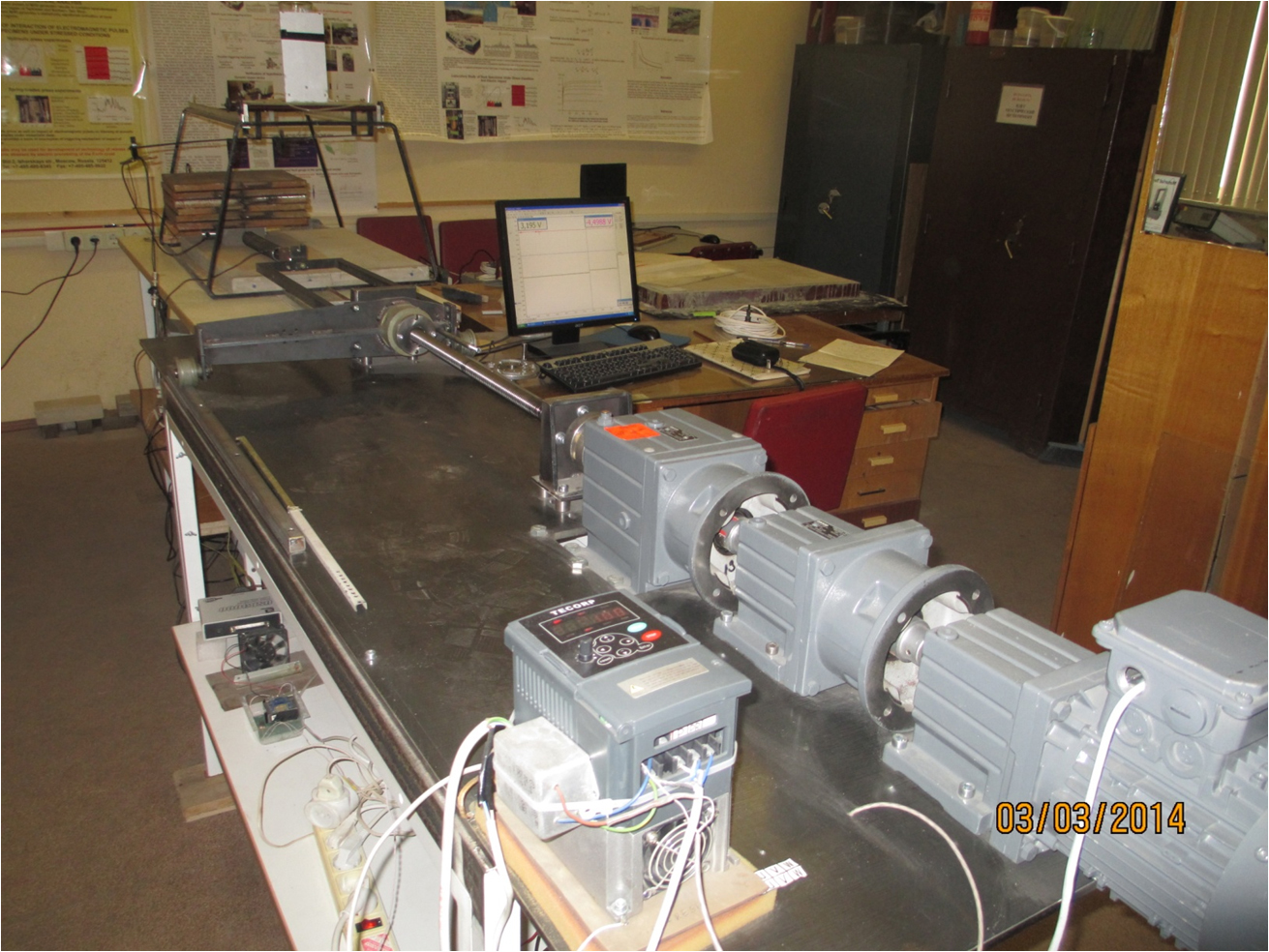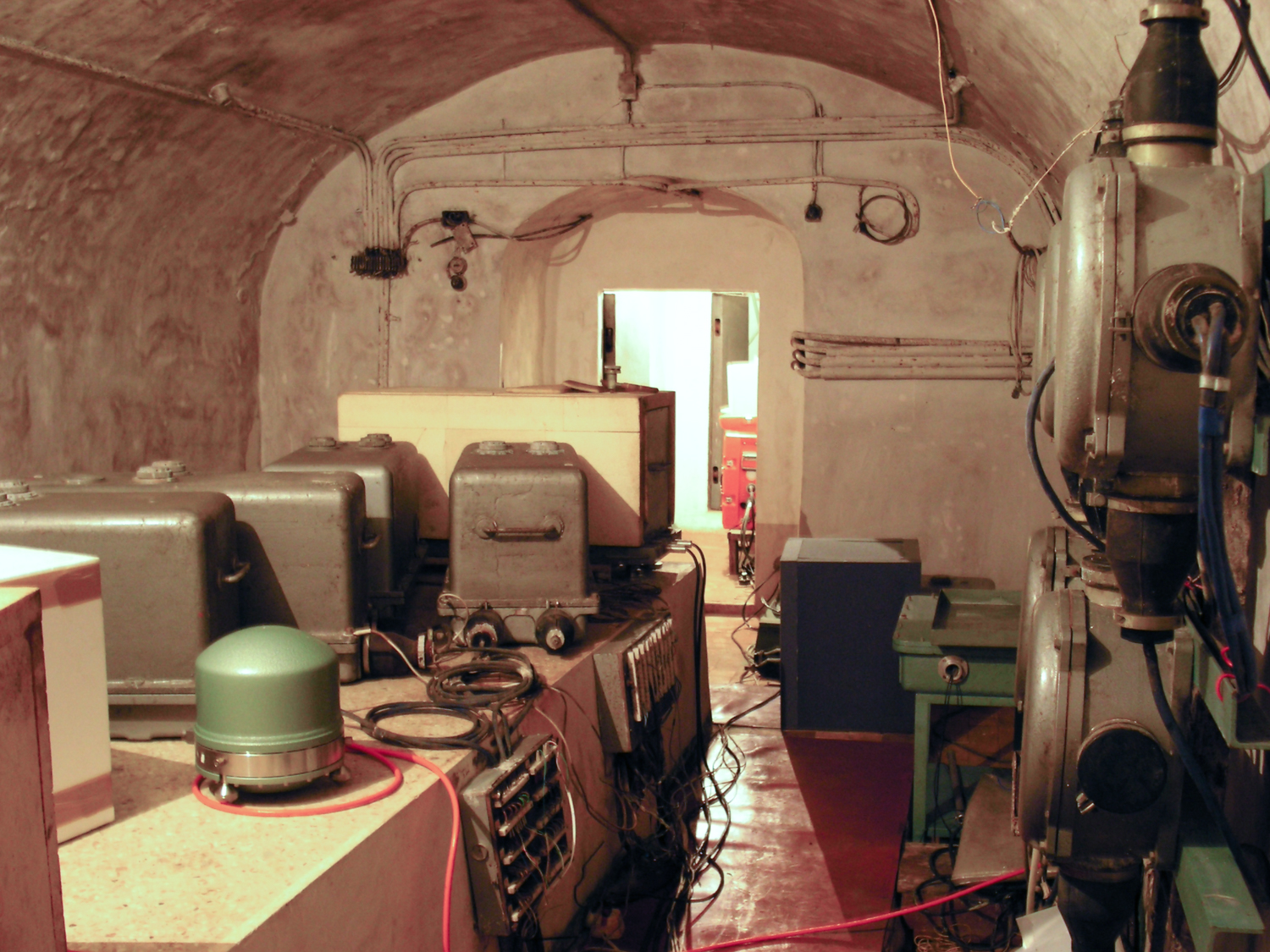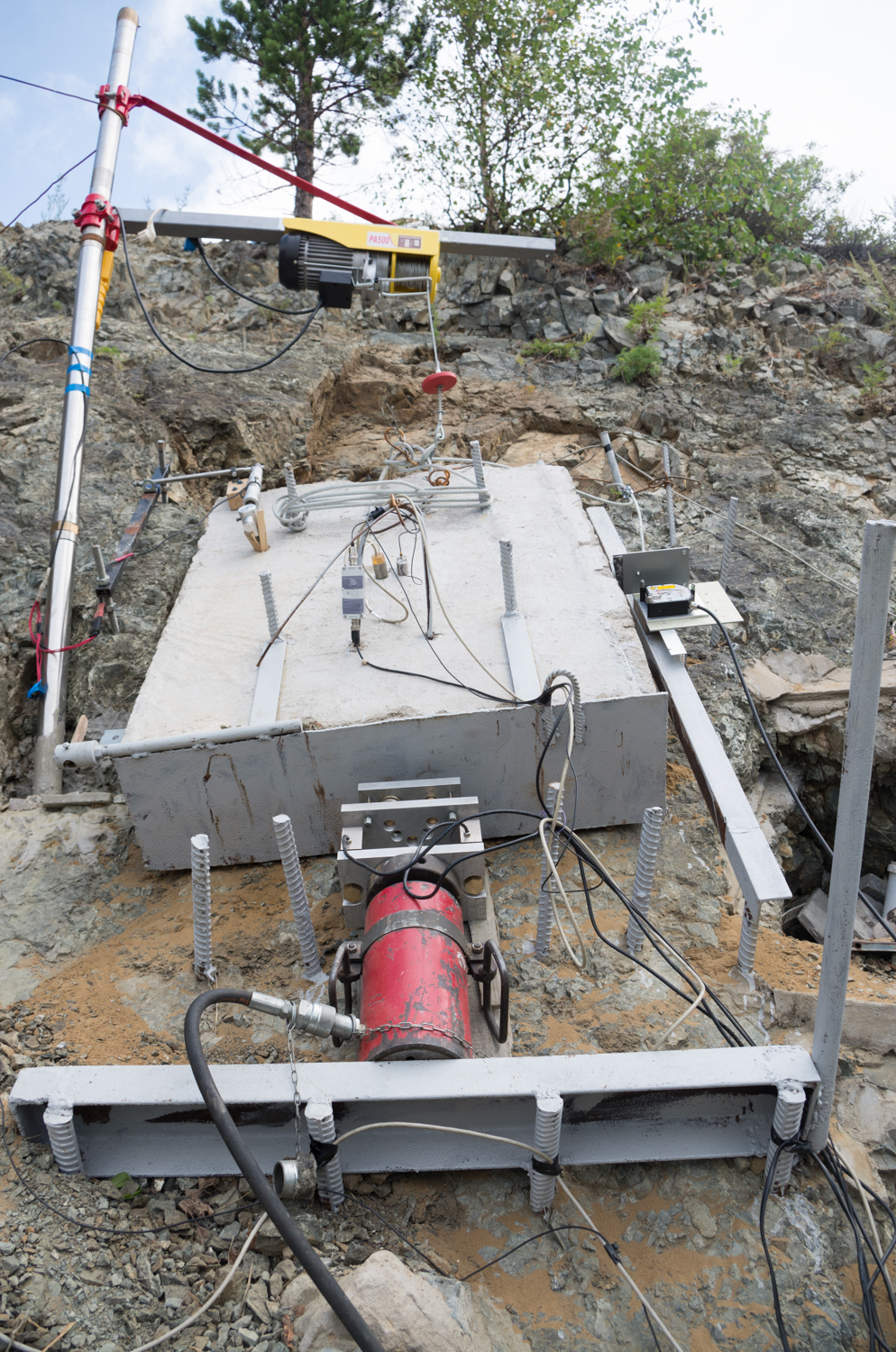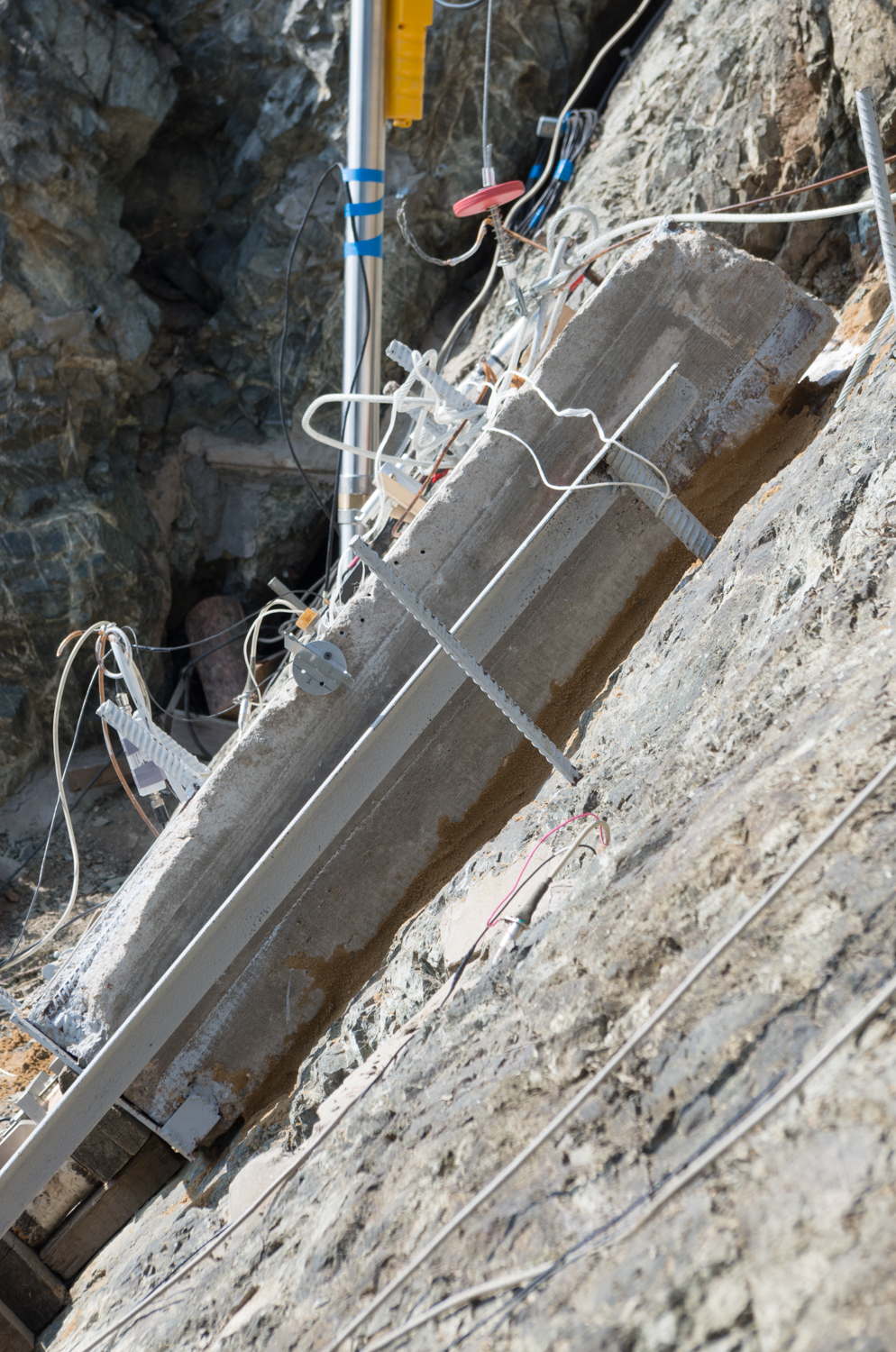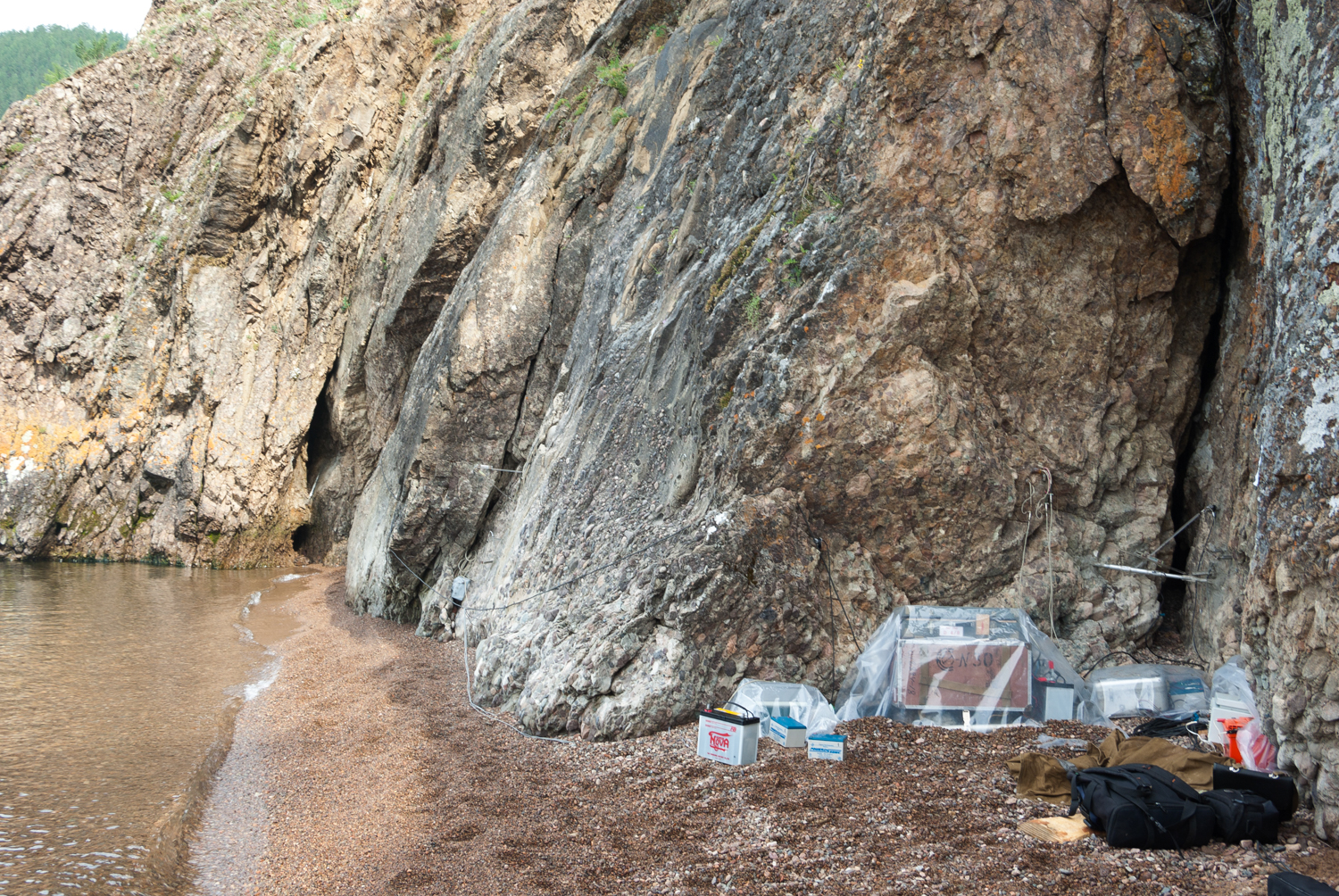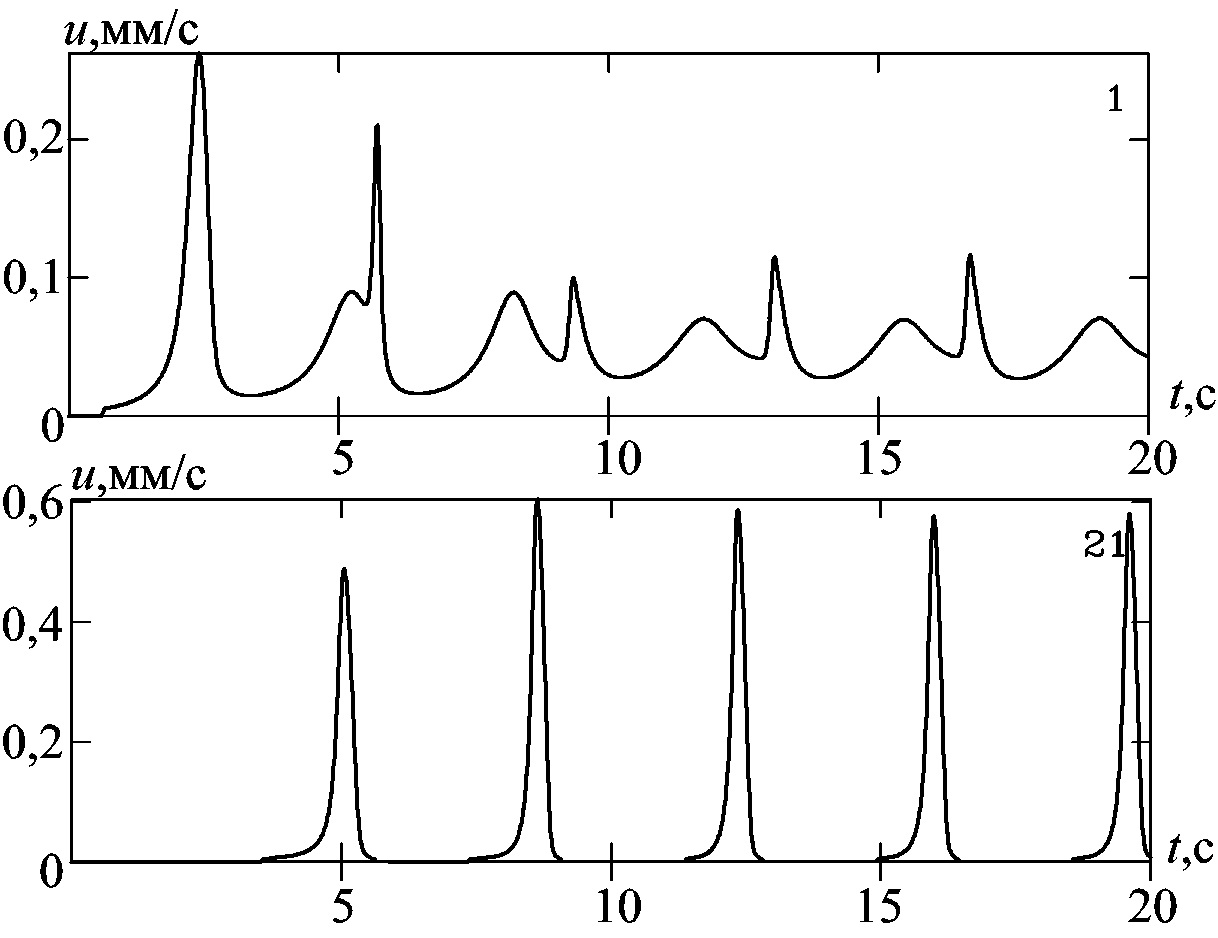An empirical model of the impact of solar flares of various classes on the state and dynamics of the lower ionosphere
The radiophysical complex of the geophysical observatory (GFO) of the Institute of Geosphere Dynamics of the Russian Academy of Sciences "Mikhnevo" will be used as the main source of experimental data in the implementation of the project. The GFO is located 80 km south of Moscow at the point with coordinates 54.96° N.L., 37.76° E. in a place remote from sources of industrial interference. The observatory houses a multifunctional radio-physical measuring complex, including HF, LW, LW radio receiving complexes, a complex of multisystem receivers of global navigation satellite systems, a magnetometric complex, an electrical measuring complex, a complex of acoustic and infrasound measurements, and optical equipment. All measuring systems of the complex operate with a single reference in time, which makes it possible to study interrelated processes in the lithosphere-atmosphere-ionosphere-magnetosphere system of the Earth. The GFO hosts a server for receiving, accumulating and primary processing of measurement information, connected by a satellite communication system to the main data server located in Moscow at the IGD RAS. Since 2014, monitoring of electromagnetic field variations in the kilohertz range in the Mikhnevo GFO has been carried out using highly sensitive broadband equipment. The radio-physical complex of the observatory makes it possible to receive signals from VLF stations located at distances of several thousand km from the receiving point.
The project involves the phased implementation of experimental and theoretical studies.
At the first stage of the project, it is planned to form a database for recording the amplitude-phase characteristics of signals from VLF stations received at the Mikhnevo geophysical observatory for the period from 2014 to 2021, together with satellite data on measuring the flux of X-ray and ultraviolet radiation for solar flares M and X classes.
To analyze the state and dynamics of the lower ionosphere during solar flares, it is proposed to use the experimental data of recording signals from two VLF transmitters: GQD (22100 Hz, 54.732º N.L., 2.883º W.L.) and GBZ (19580 Hz, 54.912º C) .W., 3.278º W.L.), located in the UK at a distance of 32 km from each other. The choice of these transmitters is due to the fact that the distance between them is negligible compared to the distance to the receiver (~2500 km). Therefore, we can assume that their signals propagate along the same path.
At this stage, in 2022, it is planned to expand and optimize for the tasks of the data server project at the IDG RAS. To provide access and use of measurement data, a specialized open web portal will be created, providing ample opportunities for obtaining and using measurement information.
Calculations and assessments of the effects of the lower ionosphere will be carried out in full at the stage of 2023. For calculations, it is supposed to use mainly measurement data during flares that occurred in the daytime, when the ionosphere can be considered uniformly illuminated and isotropic along both radio signal propagation paths. The electron density profile of the D-region is supposed to be described within the framework of a two-parameter model, in which the distribution of Ne is determined by the effective height of the reflection of the radio signal h' (km) and the rate of increase in the electron density with height β (km−1) − speed increase in electron density with height:
Ne(z)[cm^-3]=1.49∙10^7∙exp((β-0.15)(z-h'))∙exp(-0.15h'), where z (km) – altitude (1)
Using the LWPC software package for both paths, all possible values of the amplitudes and phases of the signals from the GQD and GBZ transmitters will be obtained, measured in the Mikhnevo GFO for the parameters h' and β of the upper wall of the waveguide, which varied in the range from 50 to 80 km (h' ) and from 0.2 to 0.95 km-1 (β).
For all bursts, the amplitude and phase variations of the VLF signals from both transmitters will be estimated. Further comparison of the experimental data on the variation of the amplitude and phase of the VLF signals with the results of calculations using the LWPC software package will make it possible to reconstruct the dynamics of the parameters h’ and β and the Ne profile in the lower ionosphere during solar flares of various classes.
A comparison of the obtained results of the Ne dynamics with the X-ray and ultraviolet flux data will make it possible to obtain an empirical model of the state and dynamics of the lower ionosphere during solar flares.
